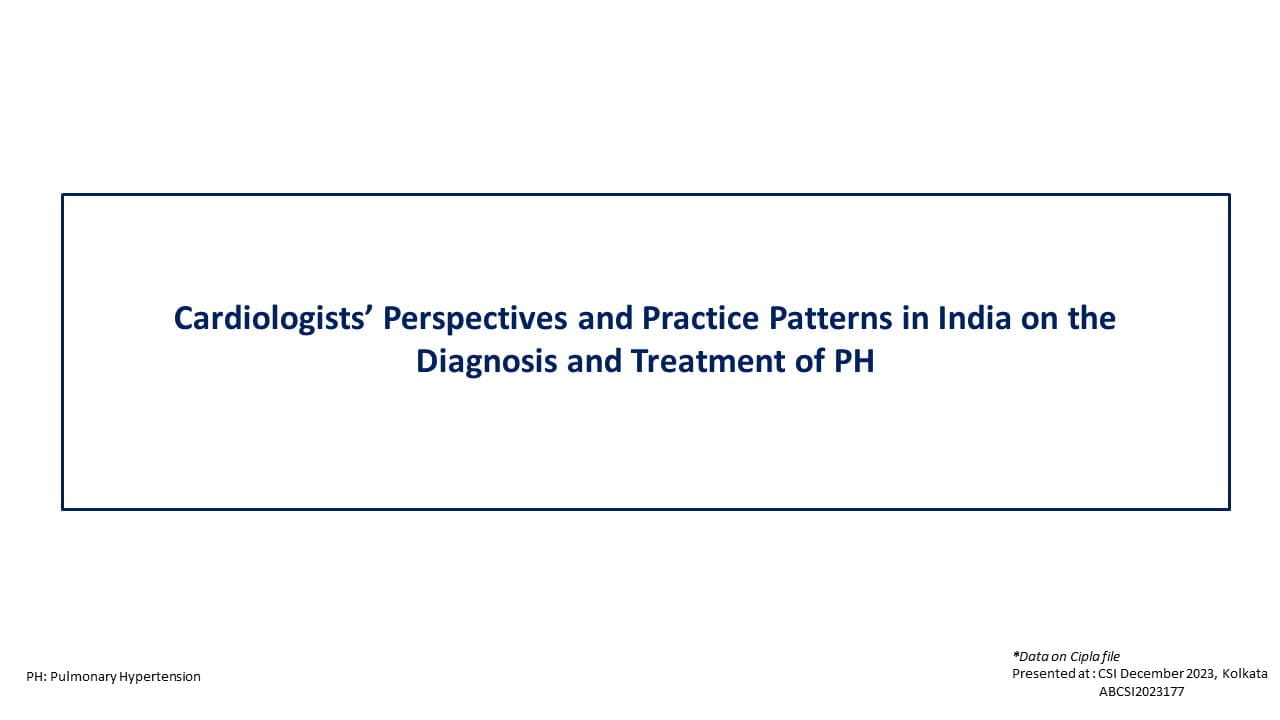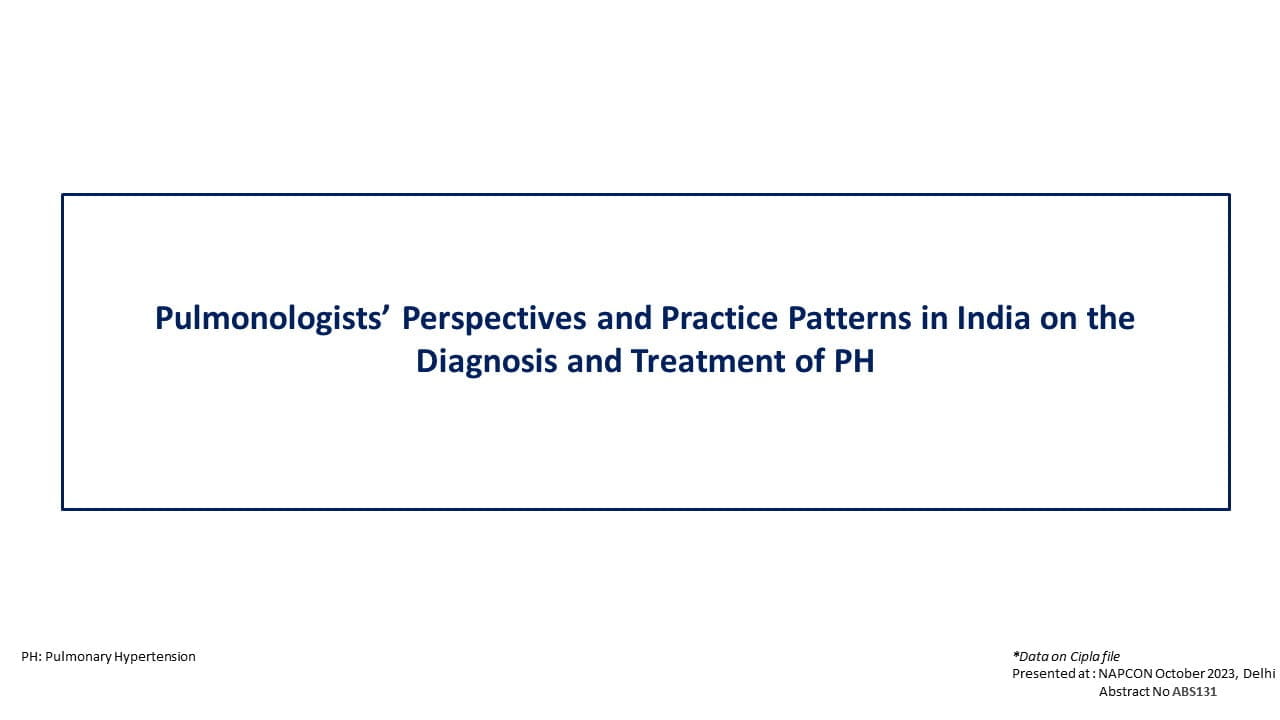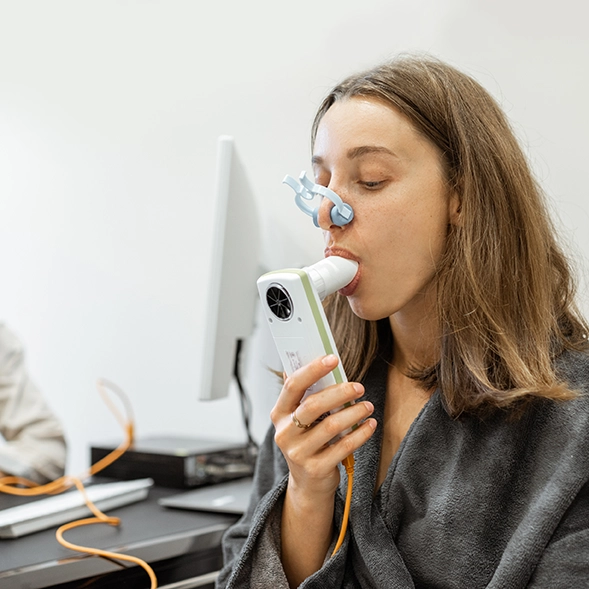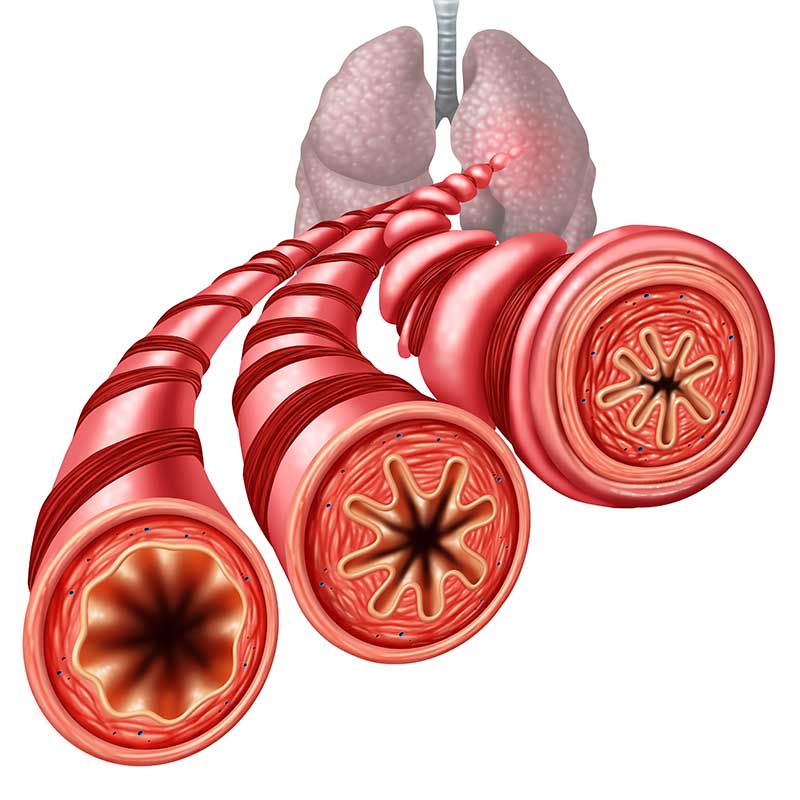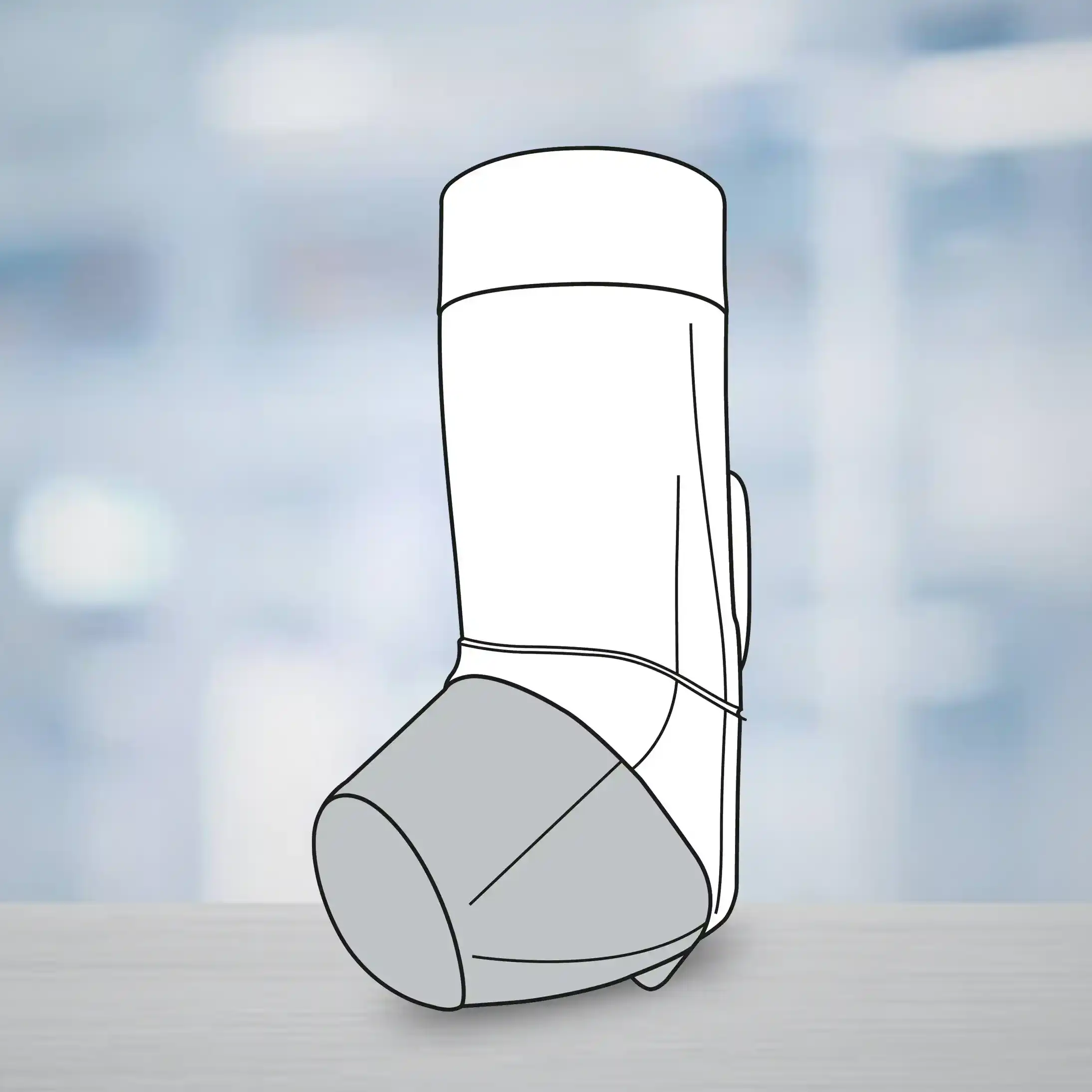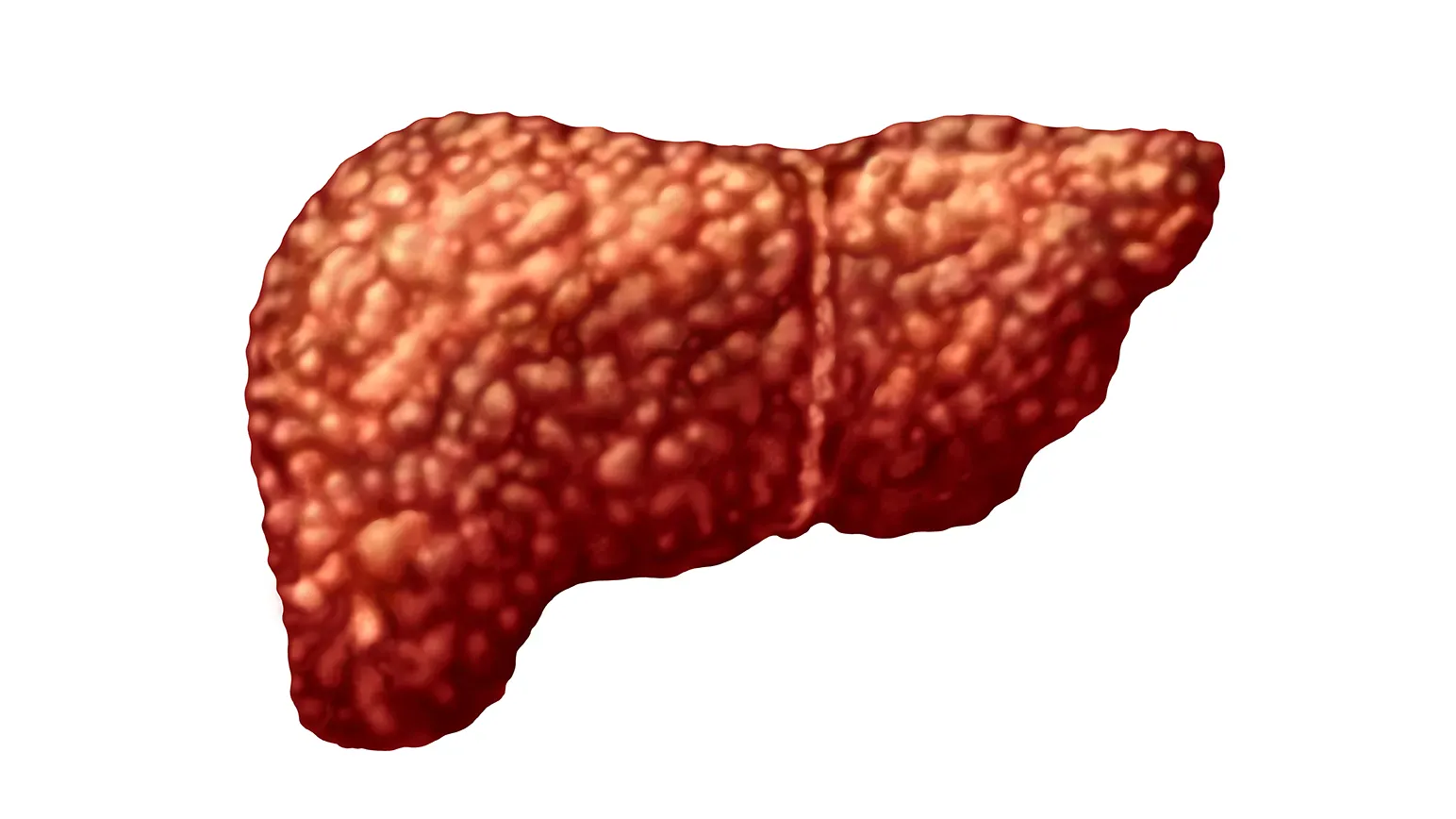TMT - A Useful Tool to Identify Silent CAD in T2DM: Insights from Indian Study
Introduction
The incidence of type-2 diabetes mellitus (T2DM) is increasing world-wide. The 2021 estimate of 537 million T2DM cases is projected to cross 643 million by 2030. The scenario of T2DM incidence in India is not different, in 2021, there were 74.2 million adults (20–79 years) with diabetes, the same is projected to cross 124.9 million by 2045 in India. The incidence of coronary artery disease (CAD) is also high world-wide and in India. T2DM being a major risk factor for cardiovascular diseases (CVD), increases the risk of CAD and silent CAD. The American Diabetes Association (ADA) recommends that tread mill testing (TMT) be performed in all asymptomatic T2DM patients with high risk factors for early detection of asymptomatic CAD, to prevent disastrous CV events and death.
Aim
-
To determine the prevalence of CAD in T2DM with invasive correlation (TMT)
Patient Profile
-
Asymptomatic T2DM patients (age >30 ≤76 years; n=90)
Methods
Study Design
-
A prospective observational study conducted in Northern India.
Assessments
-
All patients underwent TMT (TMT was defined positive if there was >1 mm horizontal/downsloping ST segment for 0.08 s after the J point)
-
Patients with positive TMT were considered for coronary angiography (CAG) to assess CAD.
Results
-
Majority of the study population (32.2%) was aged 41-50 years, 27.8% were in the range of 51-60 years, 21.1% were aged <40 years, and 18.9% were aged >60 years.
-
Of the entire study population, 28 tested positive for reversible myocardial ischemia (RMI) on TMT and were advised CAG. Amongst the patients advised CAG, 35.7% were in the age group 51-60 years.
-
RMI positive cases were predominantly males (60.7%) and had diabetes duration of 6–10 years of (mean duration: 8.8 years).
-
Amongst the RMI positive cases, 85.7% had a body mass index (BMI) >25 kg/m2, and 71.4% cases had waist circumference more than the cutoff for Asian Indians (males <90 cm; females <80 cm) (Table 1).
-
Overall, 92% of TMTpositive cases had fasting blood glucose (FBG) levels >126 mg/dl, 96% had serum cholesterol >200 mg/dl and nonhighdensity lipoprotein (HDL) cholesterol >130 mg/dl (Table 1).
Table 1: Anthropometric and laboratory parameters in the study group
|
Parameters |
RMI-Positive Group |
RMI-Negative Group |
P value |
|
Anthropometric Measures |
|||
|
BMI 20-24.9 Kg/m2 |
14.3% |
38.7% |
<0.001 |
|
BMI 25-29.9 Kg/m2 |
42.9% |
54.8% |
<0.001 |
|
BMI ≥30Kg/m2 |
42.9% |
6.5% |
<0.001 |
|
Waist circumference ≤85 cm |
28.6% |
58.1% |
0.032 |
|
Waist circumference 86-99 cm |
57.1% |
35.5% |
0.032 |
|
Waist circumference ≥100 cm |
6.5% |
14.3% |
0.032 |
|
Laboratory Measures |
|||
|
FBG <126 mg/dl |
7.1% |
21.0% |
0.046 |
|
FBG 127-199 mg/dl |
60.7% |
66.1% |
0.046 |
|
FBG ≥200 mg/dl |
32.1% |
12.9% |
0.046 |
|
Cholesterol ≤200 mg/dl |
3.6% |
51.6% |
<0.001 |
|
Cholesterol 201-239 mg/dl |
28.6% |
27.4% |
<0.001 |
|
Cholesterol ≥240 mg/dl |
67.9% |
21.0% |
<0.001 |
|
Non-HDL ≤130 mg/dl |
3.6% |
33.9% |
<0.001 |
|
Non-HDL 130.1-199 mg/dl |
35.7% |
56.5% |
<0.001 |
|
Non-HDL ≥200 mg/dl |
60.7% |
9.7% |
<0.001 |
-
Although all the TMT positive cases were advised CAG, only 57.1% of them went ahead with it. Of these, 50% underwent angioplasty and 7.1% underwent coronary artery bypass grafting (CABG), the remaining 42.9% were managed medically (antiplatelets, high dose statins and antianginal medications with a three-month follow-up).
-
Glycemic management in patients managed medically was optimized by adding a glucagon-like receptor 1 agonist or sodium glucose co-transporter 2 inhibitor.
Conclusion
-
T2DM is an independent and modifiable risk factor for the development of CAD. Silent CAD is an important cause of premature death in T2DM patients.
-
In patients with obesity and dyslipidemia, there is a high risk of CAD despite asymptomatic T2DM.
-
TMT should be used routinely to screen asymptomatic T2DM patients without previous clinical and electrocardiographic signs of ischemic heart disease, especially with age >55 years, duration >10 years, longterm impaired glycemic control and dyslipidemia.
-
CAD should be confirmed with CAG, based on the severity of the disease, patients may be managed optimally either with coronary angioplasty, CABG or appropriate medications.
Ind J Endocr Metab. 2023;27:1339.


